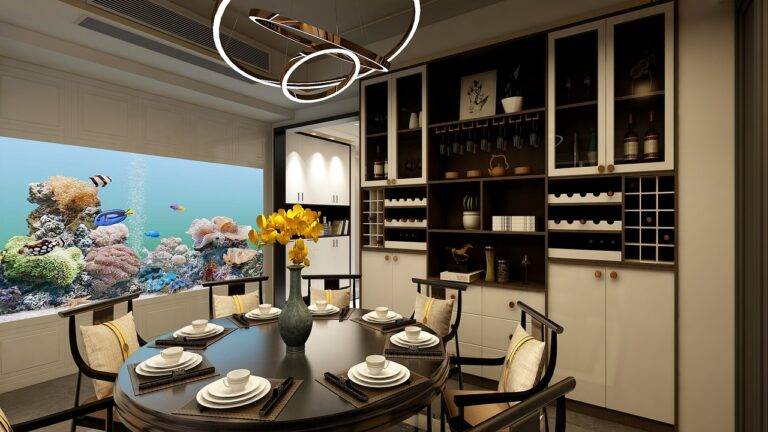The Evolution of Kitchen Design: From Traditional to Modern
Kitchen layouts have undergone significant transformations over the years, reflecting the changing needs and lifestyles of individuals. The traditional closed-off kitchens of the past, once secluded from the rest of the house, have now evolved into open-plan spaces that seamlessly integrate with dining and living areas. This shift has not only enhanced the functionality of the kitchen but also fostered a sense of connectivity and sociability within the home.
Moreover, the concept of the kitchen triangle, comprising the stove, sink, and refrigerator, has long been a cornerstone of kitchen design. However, contemporary layouts have redefined this principle by prioritizing efficiency and convenience. With the growing focus on ergonomics, kitchen designs now emphasize fluid movement and easy accessibility, ensuring that repetitive tasks can be carried out with ease and minimal strain on the user.
Incorporating Technology in Kitchen Design
Technology has revolutionized the way we approach kitchen design, offering a plethora of innovative solutions to create more efficient and functional spaces. From smart appliances to automated systems, modern kitchens are increasingly becoming tech-savvy havens that cater to the needs of today’s homeowners. The integration of smart technology not only enhances the overall convenience and ease of kitchen tasks but also adds a touch of sophistication to the design aesthetic.
One of the key trends in incorporating technology into kitchen design is the rise of voice-activated assistants and connected devices. Smart speakers, such as Amazon Echo and Google Home, can now be seamlessly integrated into kitchen spaces, allowing users to control appliances, set timers, create shopping lists, and even find recipes hands-free. These voice-activated assistants not only streamline daily tasks but also offer a seamless and intuitive user experience that aligns perfectly with the modern kitchen ethos of efficiency and convenience.
How has technology influenced the evolution of kitchen layouts?
Technology has played a significant role in shaping modern kitchen layouts by introducing innovative appliances and gadgets that optimize space and efficiency.
What are some examples of technology that can be incorporated into kitchen design?
Some examples of technology that can be incorporated into kitchen design include smart appliances, touchless faucets, voice-controlled assistants, and integrated lighting systems.
How can smart appliances enhance the functionality of a kitchen?
Smart appliances can enhance the functionality of a kitchen by offering convenient features such as remote control, automated settings, and energy efficiency.
What are the benefits of incorporating technology in kitchen design?
The benefits of incorporating technology in kitchen design include increased efficiency, improved productivity, enhanced safety, and modern aesthetics.
How can homeowners ensure that their kitchen design is technology-friendly?
Homeowners can ensure that their kitchen design is technology-friendly by consulting with a professional designer, selecting compatible appliances, and planning for future upgrades.





